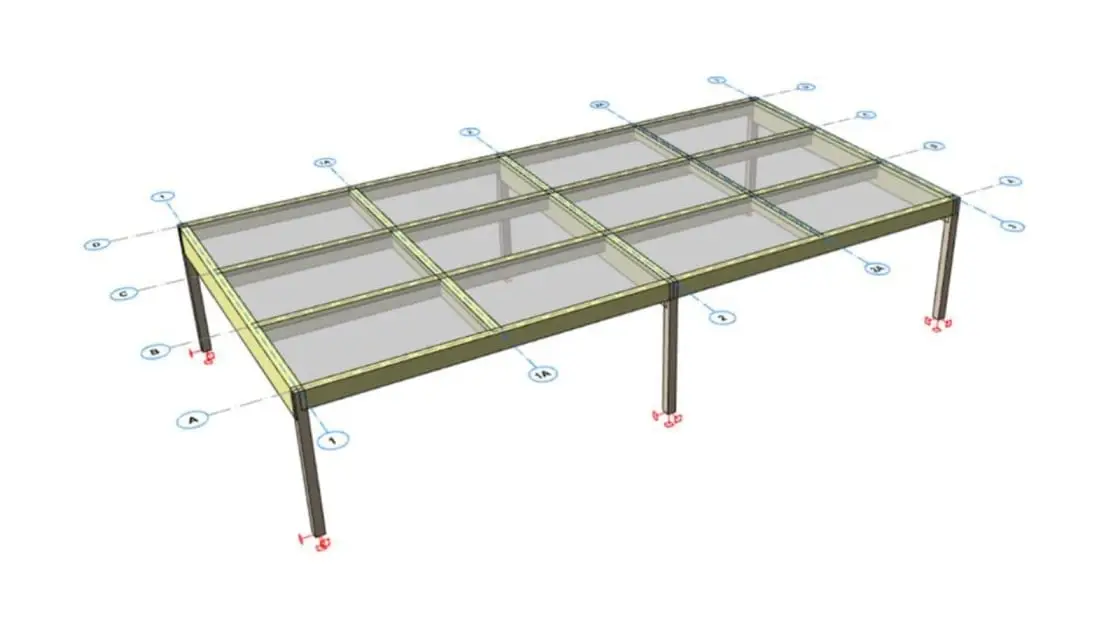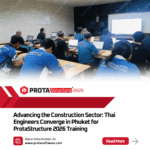
3D Effects of Continuous Primary & Secondary Beams Analysis
Summary
Advancing Beam Analysis: A Unified Approach
Integrated Beam Analysis improves upon traditional methods where continuous beam lines are analyzed and designed in isolation. Engineers often rely on simplified or unsophisticated support conditions, which fail to fully reflect the actual structural behavior. For instance, secondary beams supported by primary beams are typically analyzed separately in two independent processes.
While this method works for basic designs, it neglects the interaction between beams, potentially leading to less accurate force and moment distributions. ProtaStructure addresses these shortcomings with an advanced, integrated analysis approach that provides a more realistic and efficient solution.
Limitations of Traditional Methods
Traditional approaches come with several challenges:
- Independent Analyses: Analyzing secondary and primary beams separately overlooks the effects of their interaction.
- Simplified Support Conditions: Using assumptions like fixed or pinned supports fails to account for the complexity of real-world behavior.
- Inaccurate Load Transfer: Traditional methods do not consider force redistribution between beams, resulting in suboptimal designs.
These issues can lead to imprecise designs, higher material usage, and the need for post-analysis corrections.
ProtaStructure’s Unified Beam Analysis
ProtaStructure offers a robust alternative by analyzing continuous beam lines as part of an integrated structural system. This advanced approach includes:
- Integrated Modeling: Simultaneously analyzes secondary beams and their interaction with primary beams, ensuring accurate force and moment distribution.
- Advanced Support Modeling: Captures realistic boundary conditions and the stiffness contributions of connected structural elements.
- Optimized Load Distribution: Automatically accounts for load redistribution between beams, producing efficient designs.
This methodology enhances accuracy, reduces errors, and minimizes material consumption, making it an ideal solution for modern structural engineering.
Real-World Applications
ProtaStructure’s integrated beam analysis is transforming engineering workflows:
- Visit our Projects Gallery for inspiring examples of real-world applications.
- Explore Customer Success Stories that highlight innovative solutions.
Benefits of Integrated Beam Analysis
Engineers who adopt ProtaStructure’s advanced beam analysis approach gain numerous advantages:
- Improved Accuracy: Realistic modeling of support conditions and beam interactions enhances design precision.
- Optimized Material Use: Accurate force and moment calculations reduce unnecessary material consumption.
- Time Savings: Eliminating independent analyses simplifies workflows and accelerates project delivery.
- Enhanced Structural Performance: Better seismic and load-bearing designs improve overall structural integrity.








